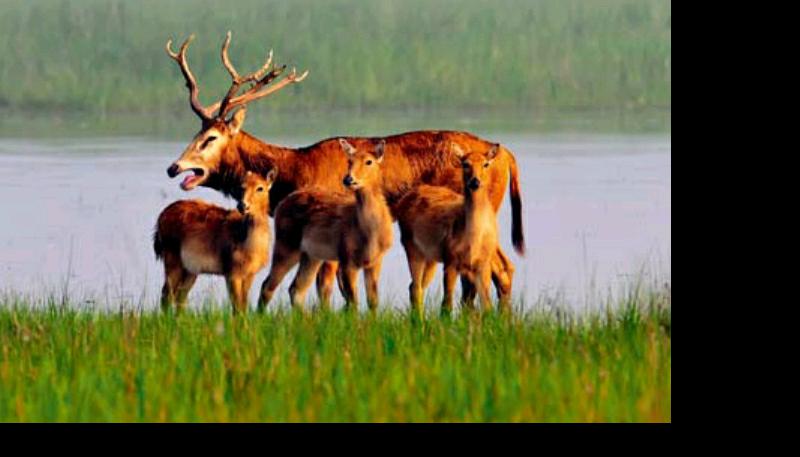Power in Pictures
2016-07-25
Olivier Roller is widely considered one of the greatest living French portrait photographers. After beginning his career in print media, he now devotes all his energy to long-term fine arts photography projects. Today, his focus is on men and women in positions of power, both contemporary and historical. When he completes the project, he hopes to publish his work in an album and present an exhibition characterized by powerful images on a more literal level.
China Pictorial (CP): You have been doing a lot of portraits of people who hold power in society today, alongside shoots of sculptures meant to capture power figures from Roman Antiquity. What traits do the French President and corporate CEOs share with the people depicted in these sculptures?
Olivier Roller (OR): The big question for me while working is: Why do men of power devote their lives to a cause or an organization? I think they lead very tough lives. The devotion required by such positions would be exhausting. These people dont have free time. I tend to think that fear of death motivates many of them. They want to extend their great influence beyond their own lives by changing the world. But ultimately, their influence dwindles. Even the greatest empires eventually end. The Roman Empire was controlling much of the world, and now all that is left is time-worn stones. But the mortality of everything only makes our existence even more touching and beautiful. This attitude towards beauty is the heart of my work.
CP: How did you get access to photograph the sculptures in studio condition?
OR: I was very lucky to build a partnership with the Louvre Museum. They let me go there every Tuesday, when its closed, for six months. I brought lights and a black backdrop to create studio conditions there. It was an incredible experience. I built a very special relationship with the sculptures I photographed. It even got a bit crazy at times. My assistant told me that I was speaking to the sculptures, and I didnt even realize it. I used the same techniques with the sculptures as I did with living models, but it was much more difficult to get good pictures. When I shoot people, I have a routine on which I can rely, but with the sculptures, I had to start from scratch every time. It required a lot of trial and error, but was ultimately a mind blowing experience.
CP: How did you start including China in your project?
OR: I wanted to expand the historical angle of my project, and I found the opportunity to work on China after the French embassy contacted me. I knew nothing about China, but found it a very exciting challenge. In the end, I fell in love with the country – its culture, regions, people, history, and even the food. And I was blessed with the opportunity to take pictures of the terracotta warriors in Xian exactly like I did at the Louvre. I am the only foreign photographer to ever get the chance to do that, so I am extremely lucky.
CP: Do you plan to do more work in China?
OR: I do. This is already my second trip to China, and I just did some more work. The pictures of the generals of terracotta army were shot during my first trip. They were exhibited in Xian, Changsha and Beijing. I have never returned to work in a foreign country again just after visiting for another project. Usually I come, shoot, have a small show, and go home. Things are different this time, and I want to keep working on China for a while.
CP: Tell us more about your experience shooting the terracotta generals.
OR: This was my first opportunity to shoot terracotta as a material. It has a very special texture and reacts to light in a singular way. It was a very pleasing experience. Moreover, because terracotta is made of earth, water and fire, it seems deeply connected to the Chinese theories about the elements to me. Working with the sculptures better connected me to history and culture. I really felt that I was facing a person who lived 2,200 years ago. It was an amazing and joyful experience, like bringing the dead back to life. I took pictures of four sculptures across two days, working ten hours a day. I really liked that the old sculptures are damaged a bit. You can really see the effects time has had on them, which becomes more touching in an era when retouched pictures are the norm. I cherish little imperfections, whether on an old sculpture or someones face. To me, defects are qualities and people should like themselves because of their defects.
CP: Where do you go from here?
OR: I want to take pictures of actual people in China. I am currently formulating a plan to make this happen. I hope some people will be willing to pose for the project.